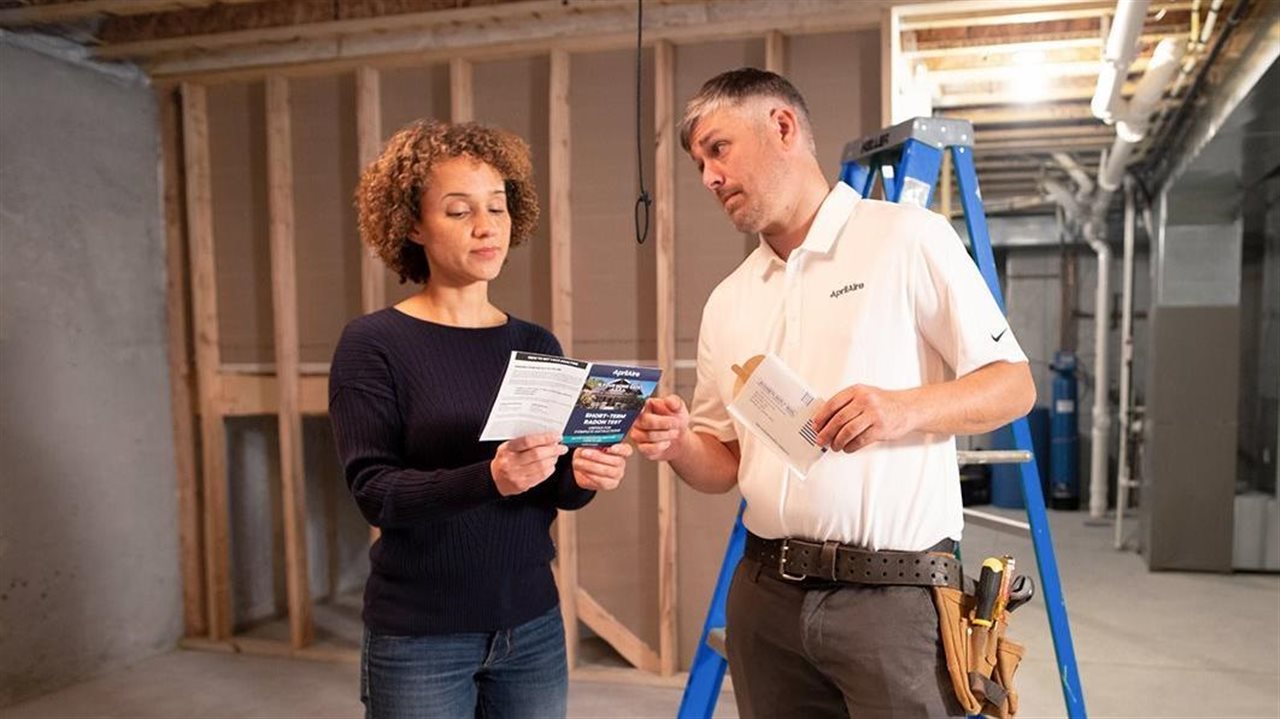
(BPT) – With all the talk of personal health testing these days, it’s important to test your home’s health too because a significant danger lurks in nearly one out of every 15 homes in the United States — radon. In 2019, residential radon exposure alone was estimated to have caused 84,000 deaths worldwide and the EPA has designated January as National Radon Action Month.
An odorless, colorless radioactive gas that comes from the natural decay of uranium found in nearly all soils, radon exposure is responsible for about 21,000 U.S. deaths each year and it is the number one cause of lung cancer among nonsmokers, according to the EPA. The three factors that most impact a person’s risk of getting lung cancer from radon exposure are how much radon is in the home, the amount of time spent in the home, and whether or not a person smokes or has ever smoked.
“Because you can’t see, smell or taste radon, the only way to know if it’s present in the home is to conduct a test,” said AprilAire Radon Product Manager Jens Housley. Just this month, AprilAire, which has been providing Healthy Air solutions since 1954, launched its first suite of radon mitigation products including an at-home radon test kit.
Radon can be found in all types of homes — new and old homes, well-insulated homes and drafty ones, as well as homes with or without basements.
“People usually associate a radon test with the home sale process, but a house really should be tested annually because radon is so sneaky and pervasive,” said Housley. “Certainly, radon levels do have spike areas in the country, but radon exists in homes in each and every state in America.”
“And the only way to know if you’re at risk is to test.”
If a test reveals a home has high radon levels, the danger should be mitigated by a healthy air professional using something like one of AprilAire’s new products, which can reduce radon levels up to 99%. Some of the installation options in today’s marketplace include mitigation with fans, vacuums and monitoring devices. Specifications and cost will vary on the home’s slab size, square footage and the type of soil around the home. Monitoring systems are now available with devices that use specialized piezoresistive pressure sensor (PPS) technology to give homeowners an easy-to-read, easy-to-use system alarm to alert if the radon system is improperly operating.
As Housley said, radon is sneaky. It typically moves up through the ground into a home through the foundation and is then trapped inside where it builds up. Radon gas decays into radioactive particles that can get trapped in a person’s lungs which, over time, can damage lung tissue and lead to lung cancer over a person’s lifetime. Radon can also be present in water, according to Housley, but it’s important to test a home’s air for radon first because that’s more common.
Radon levels are typically measured by pCi/L or picocuries per liter of air. Bearing the suffix “curie,” which means unit of radioactivity, a picocurie measures the rate of radioactive decay of radon and is one trillionth of a curie. For perspective, just one picocurie is about six times smaller than the thickness of a human hair. Having a radon reading of 4 pCi/L or higher is considered hazardous. Even if a test reads less than 4, it can still pose a health risk so reducing the level of radon below 4 pCi/L is not only necessary, but easy. Most remediation options can reduce the home’s level to 2 pCi/L or lower, although it isn’t too common to get below 2.
Reducing radon levels in a home and having Healthy Air in your home is essential for your family. Visit aprilaire.com to find a Healthy Air Pro and get your home tested today.
